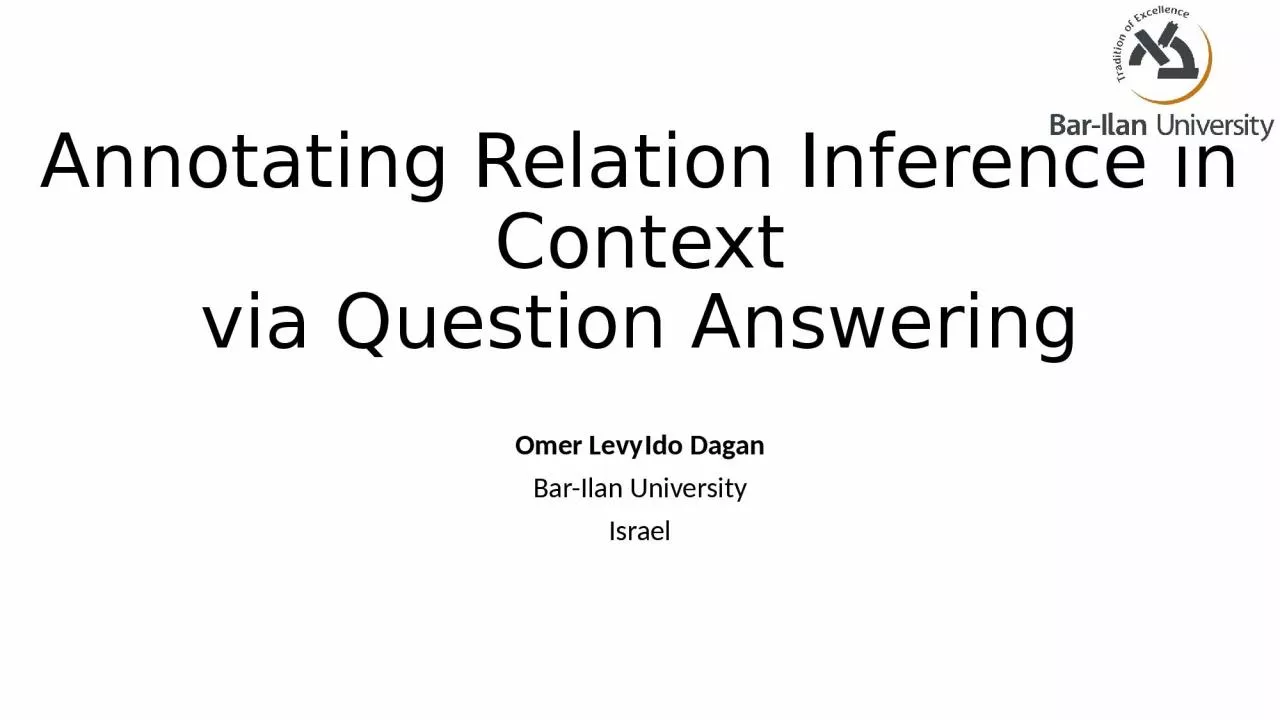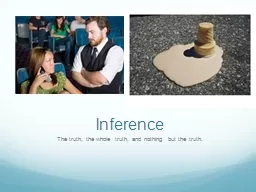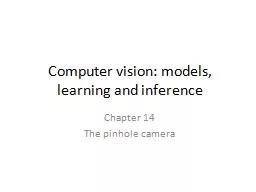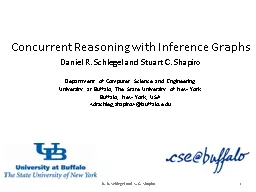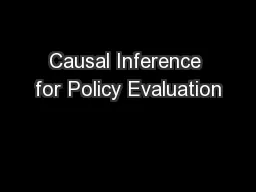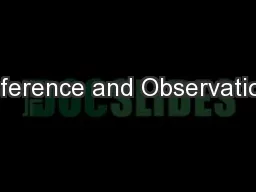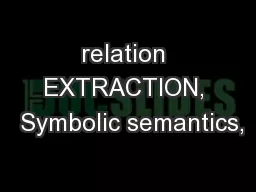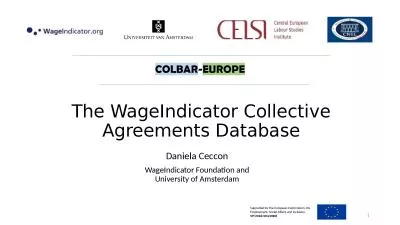PPT-Annotating Relation Inference in Context
Author : CutiePatootie | Published Date : 2022-08-04
via Question Answering Omer Levy Ido Dagan Bar Ilan University Israel Relation Inference When Is a given naturallanguage relation implied by another X cures Y
Presentation Embed Code
Download Presentation
Download Presentation The PPT/PDF document "Annotating Relation Inference in Context" is the property of its rightful owner. Permission is granted to download and print the materials on this website for personal, non-commercial use only, and to display it on your personal computer provided you do not modify the materials and that you retain all copyright notices contained in the materials. By downloading content from our website, you accept the terms of this agreement.
Annotating Relation Inference in Context: Transcript
Download Rules Of Document
"Annotating Relation Inference in Context"The content belongs to its owner. You may download and print it for personal use, without modification, and keep all copyright notices. By downloading, you agree to these terms.
Related Documents

